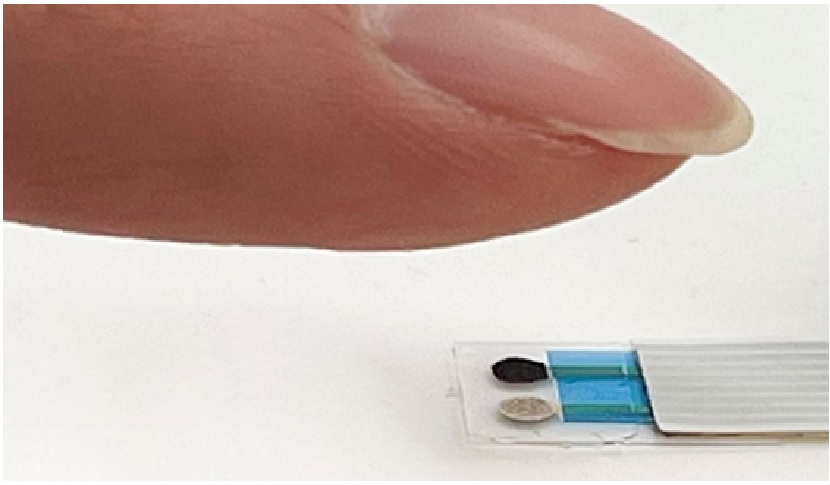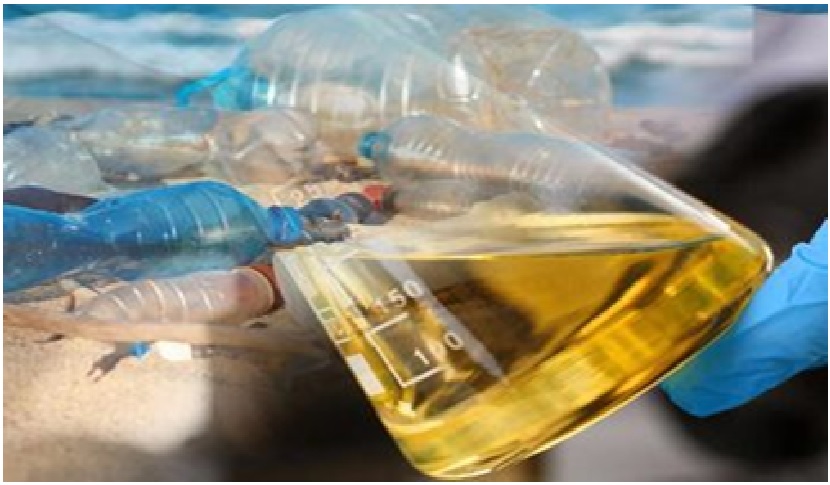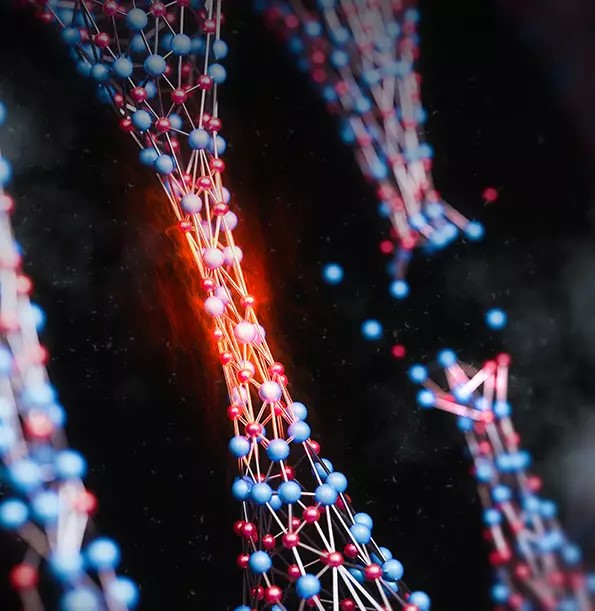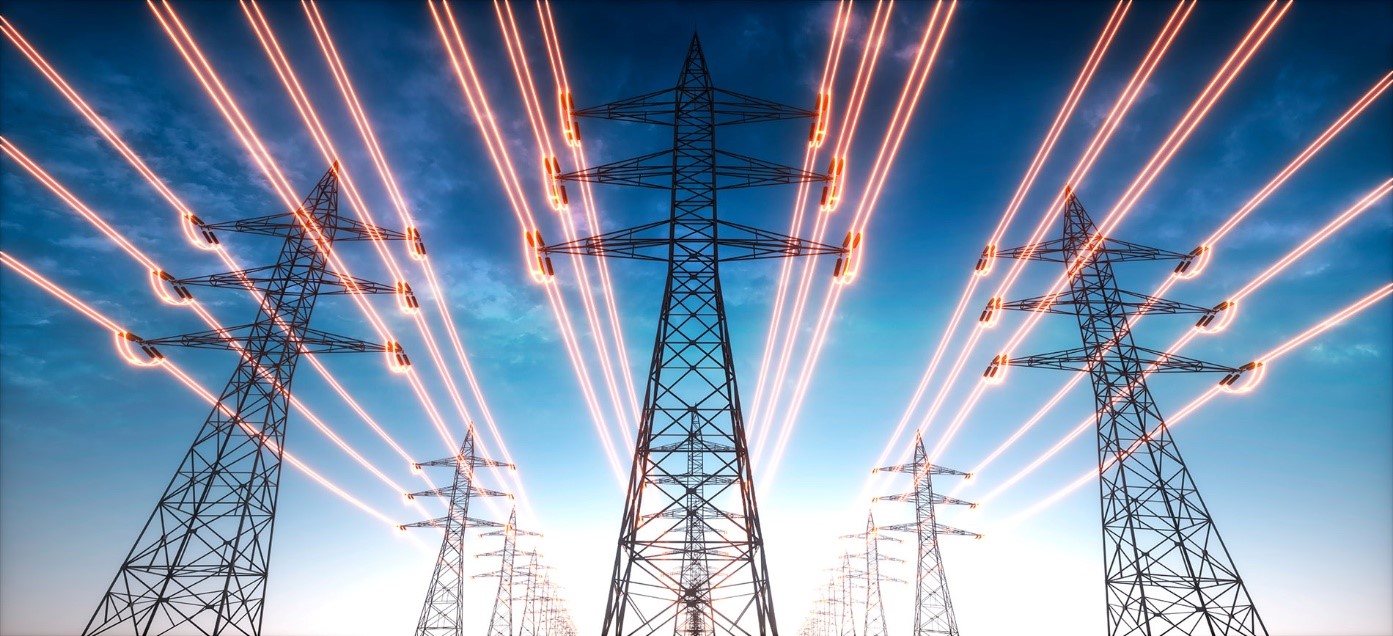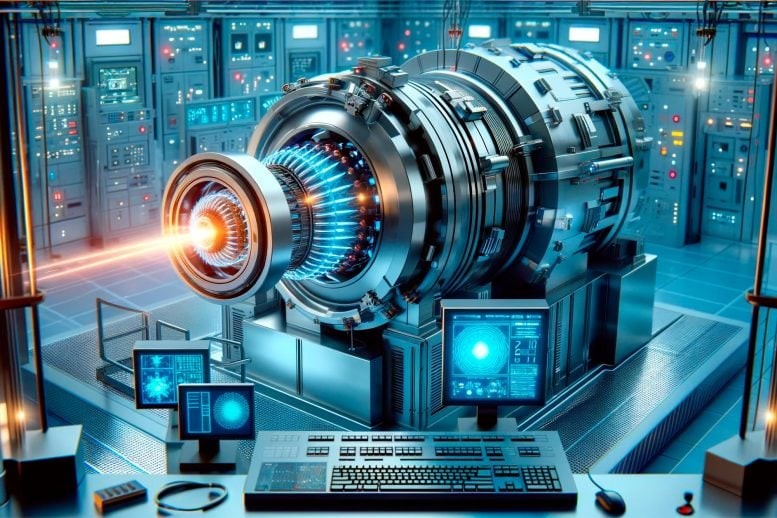The Dual-Ion Conductor Breakthrough Shaping the Future of Clean Energy!
In the pursuit of sustainable energy, solid-oxide fuel cells (SOFCs) and proton ceramic fuel cells (PCFCs) have emerged as frontrunners. These electrochemical devices hold immense promise for green power generation, yet they grapple with challenges hindering their widespread adoption. Fortunately, a recent breakthrough in material science may pave the way for overcoming these obstacles and revolutionizing the clean energy landscape.
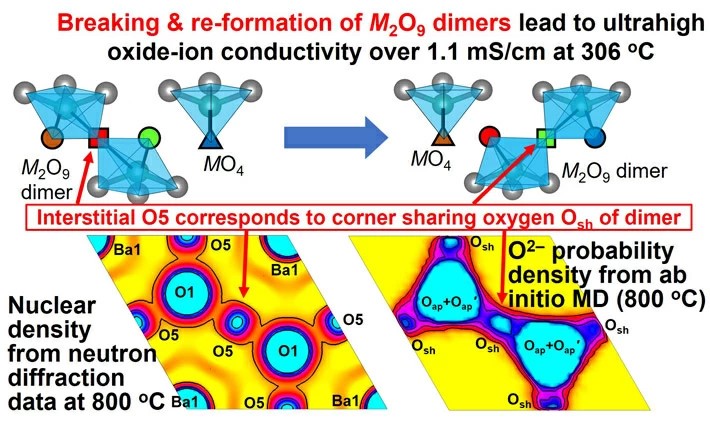
Figure 1. Proposed Method. (Credit: Tokyo Institute of Technology)
Figure 1 shows the snapshot for the oxide-ion migration. The red and green oxide ions move by breaking and reforming of M2O9 dimers, which enables fast oxide-ion diffusion where the M cation is Nb5+ or Mo6+. The neutron scattering length density distribution from neutron diffraction data at 800 ℃ in the bottom left figure agrees with the time- and space-averaged probability density distribution of oxide ions from ab initio molecular dynamics simulations in the bottom right figure. The interstitial O5 atom in the bottom left figure corresponds to the corner-sharing oxygen atom (Osh in the bottom right figure and squares in the top figure).
The Challenge
SOFCs ideally operate at low temperatures to avoid detrimental chemical reactions that degrade their components. However, most oxide-ion conductors crucial for SOFCs exhibit optimal ionic conductivity only at elevated temperatures. On the other hand, PCFCs face challenges in chemical stability under carbon dioxide atmospheres and demand energy-intensive, high-temperature processing during manufacturing.
The Solution: Dual-Ion Conductors
Enter dual-ion conductors, a game-changing material that combines the advantages of both SOFCs and PCFCs. These conductors support the diffusion of both protons and oxide ions, resulting in high total conductivity at lower temperatures, enhancing the overall performance of electrochemical devices. While some dual-ion conducting materials have been explored, their practical applications were limited due to suboptimal conductivity and poorly understood conducting mechanisms.
The Breakthrough
A research team led by Professor Masatomo Yashima from the Tokyo Institute of Technology embarked on a mission to address these challenges. Collaborating with institutions like the Australian Nuclear Science and Technology Organisation (ANSTO), the High Energy Accelerator Research Organization (KEK), and Tohoku University, they delved into the conductivity of materials akin to Ba7Nb4MoO20 but with a higher Mo fraction (Ba7Nb4-xMo1+xO20+x/2).
Their groundbreaking study, published in Chemistry of Materials, unveiled Ba7Nb3.8Mo1.2O20.1 as a standout dual-ion conductor. This material exhibited remarkable proton and oxide-ion conductivities at lower temperatures, showcasing bulk conductivities that surpassed previous benchmarks. For instance, at 400 ℃ in wet air, Ba7Nb3.8Mo1.2O20.1 demonstrated a 13-fold increase compared to Ba7Nb4MoO20.
Understanding the Mechanism
To uncover the secrets behind these exceptional conductivity values, the researchers employed advanced techniques such as ab initio molecular dynamics (AIMD) simulations, neutron diffraction experiments, and neutron scattering length density analyses. These methods revealed the unique phenomenon behind the high oxide-ion conductivity of Ba7Nb3.8Mo1.2O20.1.
The Key Discovery
The team discovered that the high oxide-ion conductivity stems from the formation of M2O9 dimers by adjacent MO5 monomers in Ba7Nb3.8Mo1.2O20.1. These dimers, akin to a line of people passing buckets of water, enable ultrafast oxide-ion movement. Furthermore, efficient proton migration in the hexagonal close-packed BaO3 layers contributes to high proton conduction.
Implications and Future Prospects
These findings not only highlight the potential of perovskite-related dual-ion conductors but also provide valuable insights for the rational design of these materials. Professor Yashima envisions that the study's results will propel the development of science and engineering in oxide-ion, proton, and dual-ion conductors, opening avenues for next-generation energy technologies.
The intersection of scientific innovation and clean energy holds tremendous promise. As we unravel the mysteries of materials like Ba7Nb3.8Mo1.2O20.1, we inch closer to a future where efficient, sustainable, and low-temperature electrochemical devices power our world. The journey towards next-generation energy technologies continues, fueled by the hope that further research will unveil even more effective conducting materials.
Source: Tokyo Institute of Technology
Cite this article:
Hana M (2023), The Dual-Ion Conductor Breakthrough Shaping the Future of Clean Energy!, AnaTechMaz, pp. 295



